Silkie Chickens Overview
Silkie chicken is also known as a silky chicken, Wushan chicken, bamboo silk chicken, etc. This breed of chicken is an omnivorous domestic bird. Silky chickens originate from Wushan, Taihe County, Jiangxi Province, China. There, it has been bred for over 2,000 years. America calls it the smooth bantam. Silkie chickens are short, with small heads and short necks. After evolution and reproductive distribution, it now has its whereabouts in many countries.
Appearance of Silkie Chickens
Once you understand the physical characteristics of silkies chickens, you won’t confuse them with other chickens. So what does silkie chicken look like? Let’s start with the color, size, and weight of silkies chickens to understand how silkie chickens look.
Color of Silkie Chickens
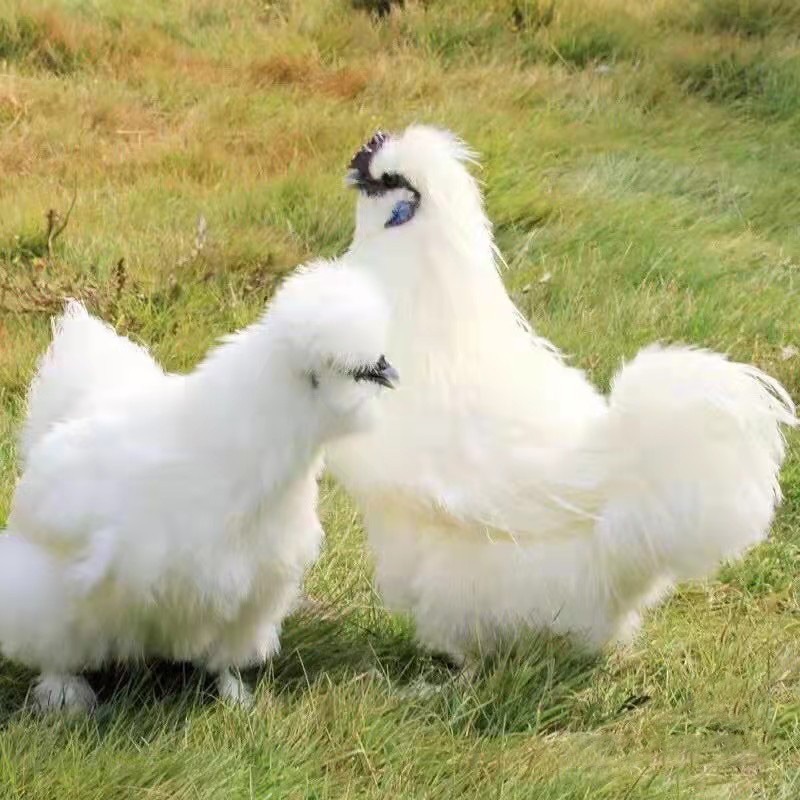
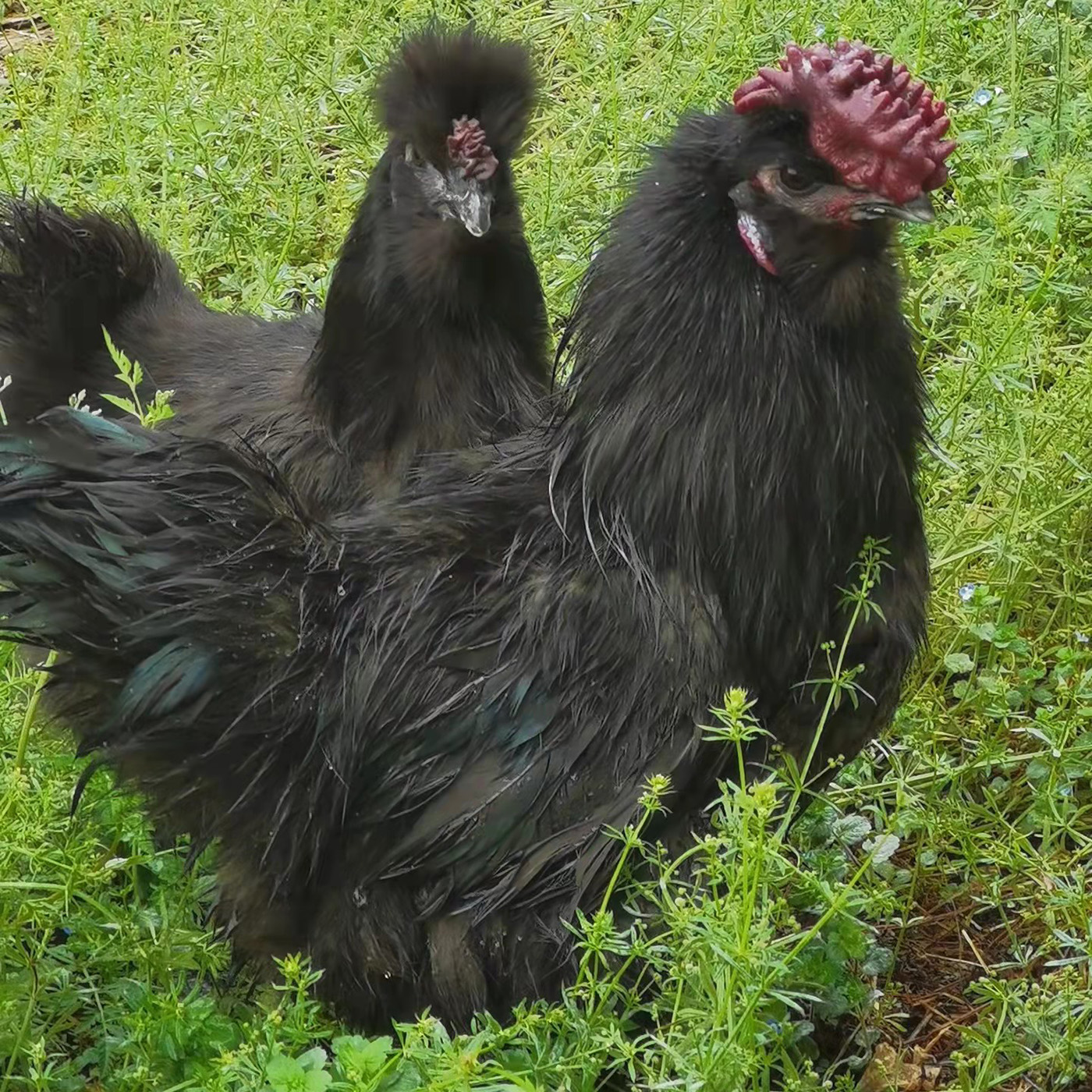
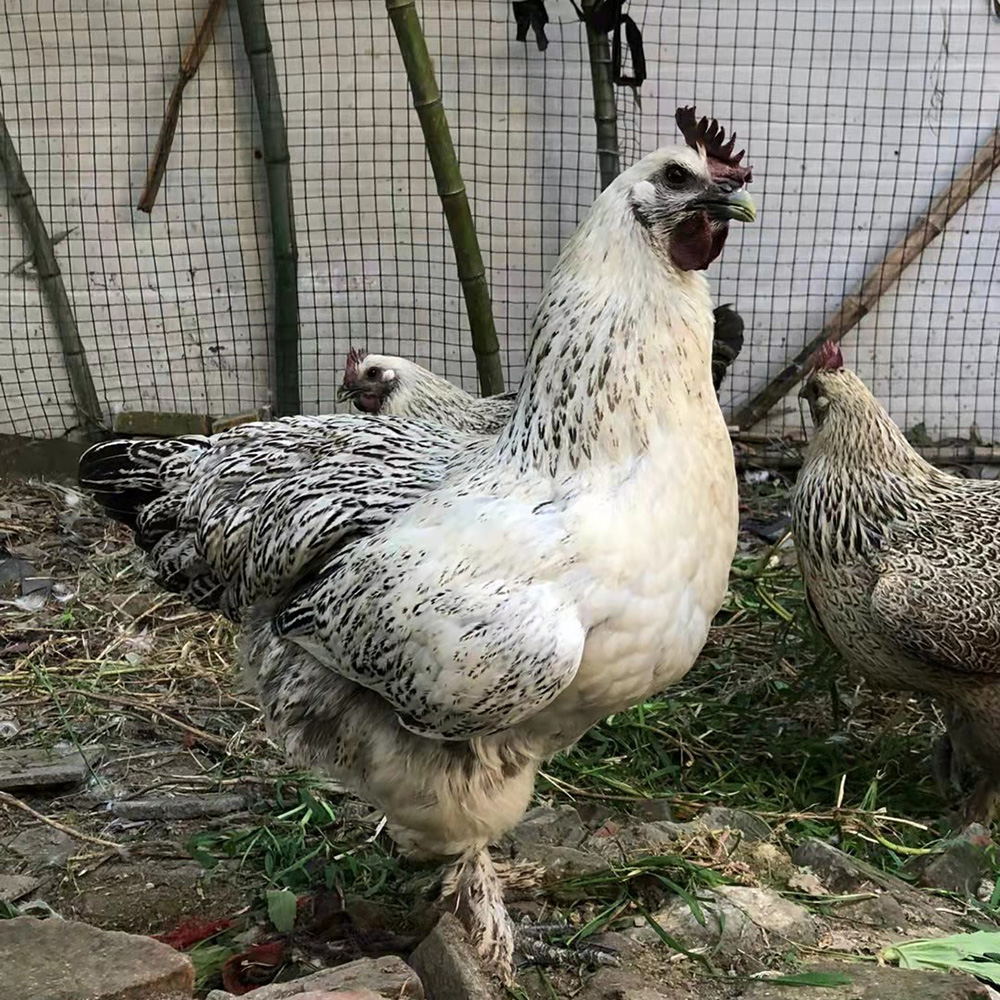
The silkie chickens themselves are not only jet black on the beaks, eyes, and feet, but also on the skin, muscles, bones, and most of the internal organs. Due to the different breeding environments, the characteristics of black-bone chickens are also different. There are white feathers and black bones, black feathers and black bones, black bones and black meat, white meat and black bones, and so on. But when it comes to black chicken feathers, there are many different feather colors depending on how they are reared. In addition to the original white, there are now black, blue, dark yellow, gray, and brown.
Size and Weight of Silkie Chickens
Adult silkie chickens generally weigh around 3-4 pounds. Sizes vary between 32 oz and 36 oz.
The Basics of Silkie Chickens
Like regular chickens, silkies chickens like to feel free. They are not very demanding and are usually quiet and well-fed. First, let us search the basics about silkie chickens.
Personality of Silkie Chickens
Whether male or female, it must be admitted that they are both friendly and quiet chickens. They enjoy living in peace. It won’t spoil you when silky chickens play alone. They will hang out at leisure.
Silkie Chicken Eggs
Many people are also curious about what color are silkie eggs? Silkie chicken eggs are the same color as ordinary eggs, white or brown in color, and a few are green.
The silkie egg production is relatively low, and the annual output is around 80-150 pieces. The production period of different varieties is different, generally more than 4 months. To improve silkie egg production, these few things are essential.
- Breeding silky hens should also pay attention to skills. This is the key to improving silkie egg production. Adopting the free-range method can effectively improve the egg production rate of silkie hens. Of course, the coop should also be kept clean and hygienic.
- Light can effectively promote the growth of silkie hens. You can also increase silkie chicken eggs. In management, in order to increase silkie egg production, black-bone chickens can be kept exposed to light for 16 hours.
- Silkie hens also need nutrition to lay eggs. Be sure to ensure that crude protein, metabolized energy, and calcium elements meet the needs of black-bone chickens.
- According to the growth of silkie hens, the density of feeding black-bone chickens should be appropriately changed.
Nutritional Value of Silkie Chicken Eggs
There are actually a lot of amino acids in silky chicken eggs. In particular, 8 kinds of amino acids are essential amino acids for our body. And the content is very high. At the same time, there are a lot of vitamins and various trace elements that our body needs, such as iron, copper, and zinc, in silky chicken eggs. In particular, the cholesterol content in black eggs is relatively low, so it is very healthy for us to eat black eggs.
The nutritional value of silkie eggs is very rich, and the therapeutic effects of black eggs are also very strong. First of all, the egg whites of black eggs can moisten the lungs, soothe the throat, clear heat and detoxify. At the same time, you can also eat silkie eggs. Help us to solve various discomforts such as red eyes, sore throat, cough, carbuncle, swelling, and heat pain. Moreover, the yolk of a black egg has the functions of nourishing yin and moistening dryness, killing insects and detoxifying, which is meaningful to our human health.
At the same time, eating silkie eggs can increase the effectiveness of human hemoglobin, which is a good choice for nourishing blood and nourishing qi. Moreover, silkie eggs can also be used to help everyone regulate the physiological functions of the human body so that they can enhance the immunity of the body, which is a good choice for us to prevent diseases.
Nutritional Value of Silkie Chickens
Silky chickens are rich in 18 kinds of amino acids and 18 kinds of trace elements such as melanin, protein, and B vitamins. Among them, the content of niacin, vitamin E, phosphorus, iron, potassium, and sodium are higher than those of ordinary chicken. But the cholesterol of silky chickens and low in fat. Serum total protein and globular protein content of silkies chickens were significantly higher than those of common chickens. The amino acid content of silkies chickens is higher than that of ordinary chickens, and the iron content is also much higher than that of ordinary chickens. Overall it is a tonic with high nutritional value.
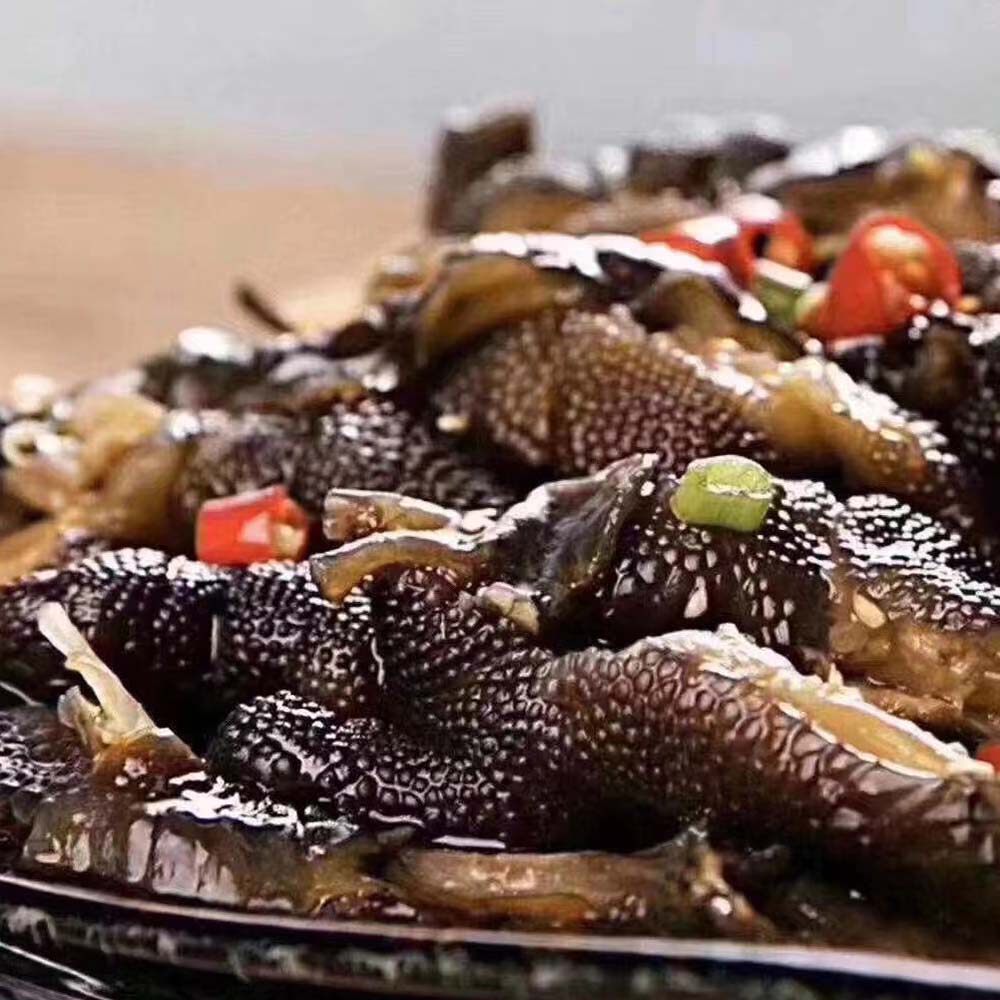
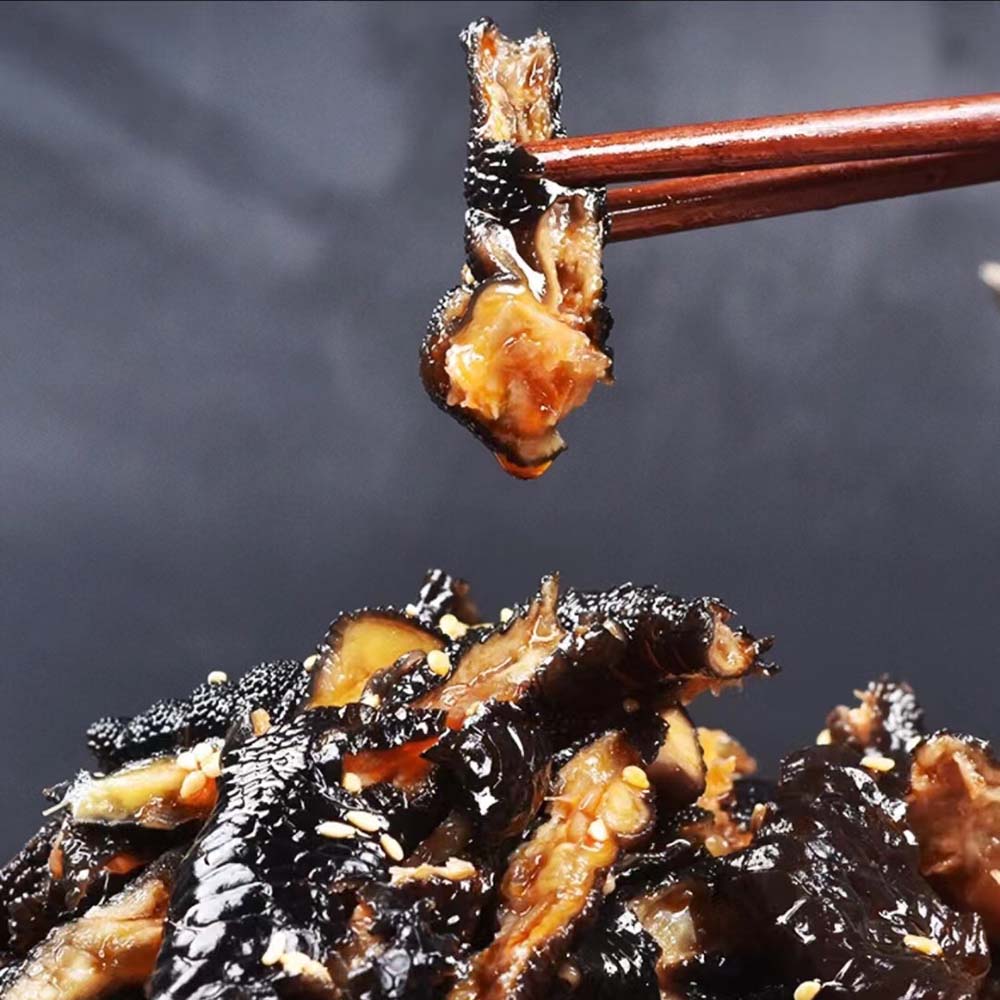
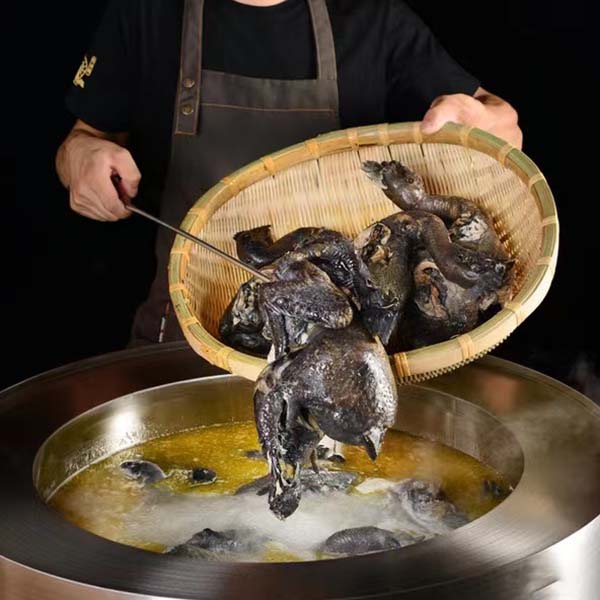
- Slow down aging
Eating silkie chickens can improve physiological function, delay aging, and strengthen muscles and bones. It has obvious effects on the prevention and treatment of osteoporosis, rickets, and iron-deficiency anemia in women.
- Nourish blood and kidney
Silkie chickens have the functions of tonifying deficiency and fatigue, reducing thirst, benefiting mothers, treating women’s collapse and vaginal discharge and some diseases of depletion.
Pros and Cons of Raising A Silkie Chicken
Pros:
- High cost and high profit.
- Quiet character.
- Unique appearance.
- Suitable for kids.
- As nutritious food.
Cons:
- Low silkie egg production.
- Not hardy.
- Easily bullied.
How to Choose A Silkie Chicken
- Look at Cong Crown
The crown of the hen is smaller, like a mulberry, and the color is darker. The rooster’s crest is larger, like a flower, and the color is purple and red.
- Look at the head
A tuft of silky hair grows on the top of the chicken’s head to form a crown. The hen is more developed, forming a white pom-pom.
- Look at the ears
The ears of black-bone chickens are green, like emeralds, with bright colors. The color will lighten in adulthood.
- Look at chicken feet
The feet of the black-bone chicken are densely covered with white hair, and the outer side is more obvious.
- Look at the color of the skin
The whole body of the black chicken is black.
- Look at the flesh color
The muscles and internal organs of black-bone chicken are black in color, but the flesh of breast muscles and legs is lighter in color.
- Look at the bones
The bones of black-bone chicken are generally black, and the periosteum is dark and shiny, and the bones are black.
How to Care for A Silkie Chicken
Many people don’t know how to raise silkies chickens after they buy the home. Don’t worry, we’ll detail how to care for silkies chickens next.
Food and Water
The feed during the brooding period is 19% crude protein, less than 6% crude fiber, 0.8% to 1.3% calcium, 0.6% phosphorus, 0.3% sodium chloride, and less than 14% moisture. Feed during the growing period requires 17% crude protein, less than 6% crude fiber, 0.7% to 1.2% calcium, 0.55% phosphorus, 0.3% sodium chloride, and less than 14% moisture. This is based on the nutritional needs of chickens at different ages and developmental stages.
Chicken Coop Construction
Choose a place with leeward and sunny, dry and gentle terrain, good drainage around, away from residential areas, and convenient transportation. The size of the chicken coop depends on the terrain and terrain, and a new type of open chicken coop is generally used.
Hygienic
In addition to the hygiene of the diet, the hygiene of the chicken coop is also very important. The chicken coop should be cleaned regularly and strictly disinfected. Especially in the peak season of various virus outbreaks, the cleaning and replacement of chicken manure, residual food, and bedding should be strengthened, especially when large-scale intensive breeding of black-bone chickens.
Silkie Chickens Summary
Silkie chickens are a very nutritious variety. The feeding of silky chickens, no matter what kind of feed is fed, must meet nutritional standards. Maybe you’re thinking about raising a silkie chicken, or maybe you just want to learn about silky chickens. In any case, I hope this article can help you.
